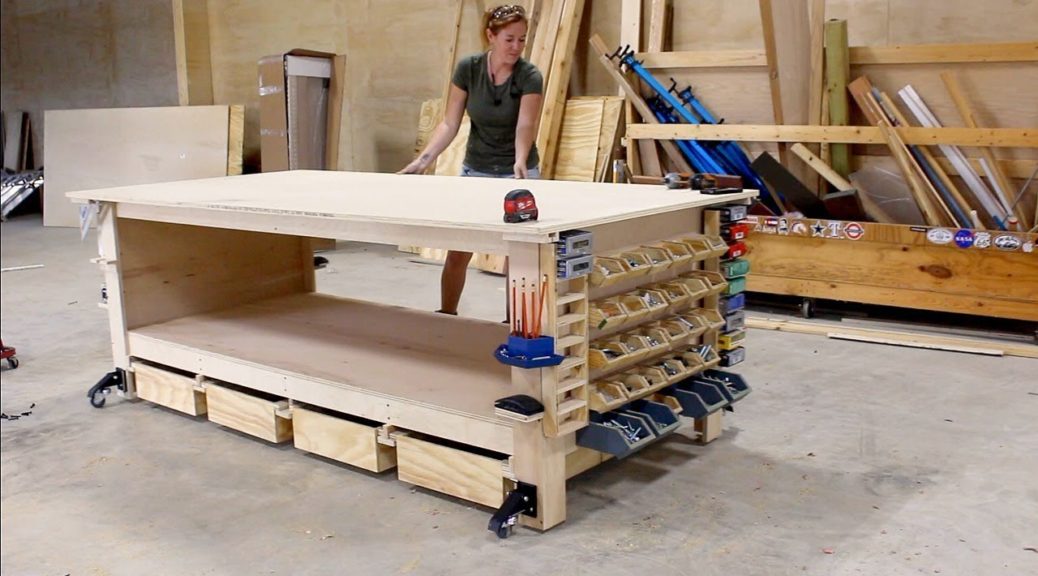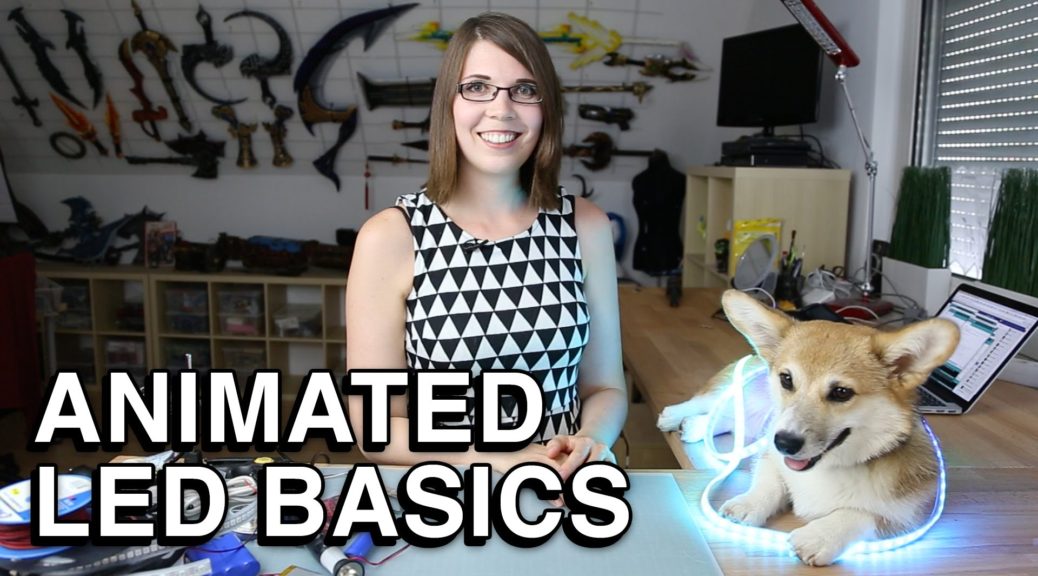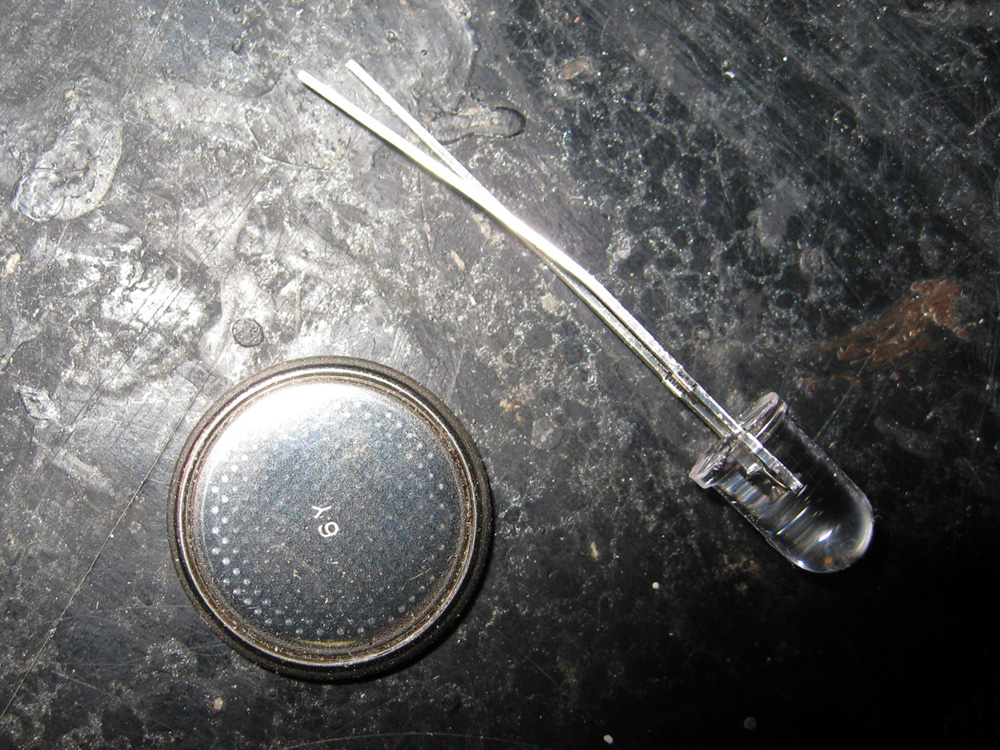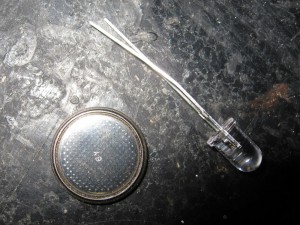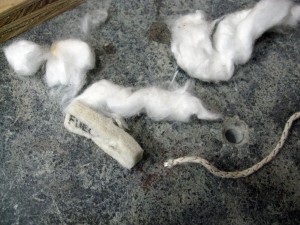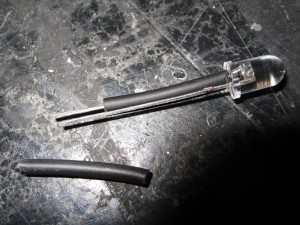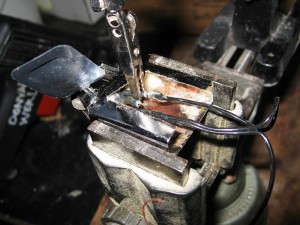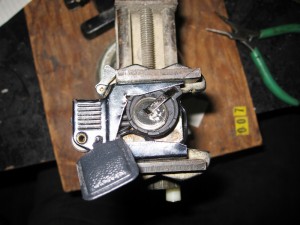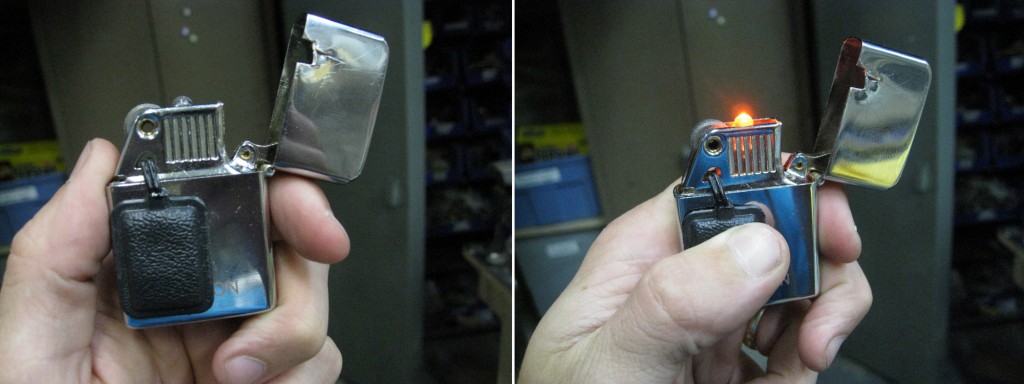Quirky work: U of A props master makes her cake and caulks it too - Jane Kline, the props master at the University of Alberta drama department, shows off her work in these pictures and video.
Japanese Prop Maker Creates a Magic Gun Without any CGI – I’m sure you have seen the video floating around of the “real life” Dr. Strange spells. Here is a bit more on FriskP, the Japanese maker behind the magic.
Inside the Amish town that builds U2, Lady Gaga, and Taylor Swift’s live shows – Fascinating longread about Tait Towers, the company that has been building concert sets for the world’s largest rock and roll bands since Michael Jackson. This is literal cutting-edge performance technology; often, the technology to achieve a design is not invented until after construction has already begun.
Ultimate Workbench + 10 Shop Storage Solutions -Â April Wilkerson made this video showing how she built a quick and easy 4×8 shop workbench, a common size found in prop and scene shops. She also adds some great storage ideas which you can adapt for your own shop.
96-Year-Old Woman Puts Home Up For Sale And People Go Inside To Find It Untouched After 72 Years – Do you want to see some pink 1950’s interiors? Because this is where you can see some pink 1950’s interiors.

